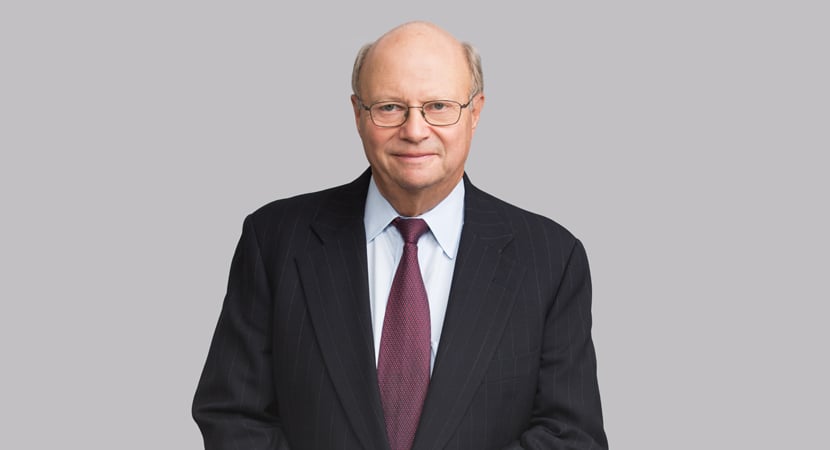Eighth Circuit holds that posting of “Success Kid” meme on social media by congressman’s reelection campaign for fundraising purposes was not fair use, affirming jury verdict finding campaign liable for copyright infringement and awarding minimum statutory damages.
In 2007, plaintiff Laney Griner photographed her 11-month-old son on the beach as he gripped sand in his fist with a determined look on his face. That photograph went viral and came to be known as the “Success Kid” meme. Griner acquired a copyright registration and thereafter regularly licensed the photograph for commercial use.
In 2020, the King for Congress Committee, a political campaign committee for then-Rep. Steve King of Iowa, posted the Success Kid photograph on its website, Facebook page and Twitter account, and in other places. The posts placed Success Kid in front of the U.S. Capitol building, with overlaid text declaring “FUND OUR MEMES!!!” and asked readers to “throw us a few dollars” through a link to a donation page. Griner sued the committee and King for copyright infringement, among other claims.
The case proceeded to trial, following which a jury found the committee liable for copyright infringement but ruled against Griner with respect to the remainder of her claims. The jury awarded Griner $750 in damages, the statutory minimum under the Copyright Act. Both the committee and the congressman appealed various issues to the Eighth Circuit. In the primary issue raised on appeal, the committee argued that the jury erred in concluding that the committee did not make fair use of Success Kid.
The Eighth Circuit held that the jury did not err in rejecting the committee’s fair use defense because the applicable factors in combination “weigh[ed] heavily” in favor of Griner. With respect to the first factor—“the purpose and character of the use, including whether such use is of a commercial nature or is for nonprofit educational purposes”— the Eighth Circuit applied the U.S. Supreme Court’s analysis in Andy Warhol Foundation for the Visual Arts, Inc. v. Goldsmith. It held that the committee indisputably used the photograph for “purely commercial” purposes—namely, to solicit campaign donations. Where the use is commercial, the court noted, Warhol requires a “particularly compelling justification” to overcome the commercial nature of the use. The committee argued that it used the photograph, combined with a “compelling image” and “pithy phrase,” to invoke the response of “humor,” as is typically the case with the Success Kid meme and other memes that are reproduced millions, if not billions, of times every day. The court rejected this argument, holding that “the fact that everyone else is doing it” is “not a particularly compelling justification,” especially considering that the vast majority of the other uses of the Success Kid meme were noncommercial. To the extent that the use sought to convey a new meaning or message, the court noted, that was not sufficient for the first factor to weigh in the committee’s favor.
The committee did not dispute that the second factor—the nature of the copyrighted work—weighed against fair use.
The third factor—the amount and substantiality of the copyrighted work used—weighed against fair use, the court held, because the committee used the “heart” of the copyrighted photograph, which is the image of the Success Kid himself.
Finally, the fourth factor—the effect of the use on the potential market for or value of the original—was neutral. The court observed that although Griner had licensed the photograph to many well-known brands, licensing requests had decreased prior to the committee’s use. The Eighth Circuit affirmed the judgment in all respects.
Summary prepared by Frank D’Angelo and Keane Barger
-
 Partner
Partner -
 Associate
Associate
)



